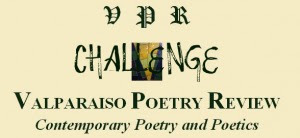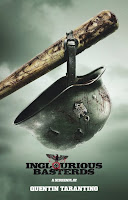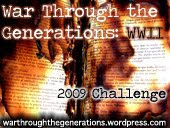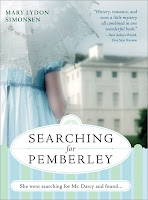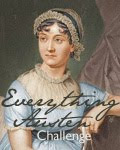Ryan Mecum’s Vampire Haiku mixes humor and poetry in diary form for vampire William Butten, who was turned in 1620. He falls in love with a beautiful woman on the Mayflower named Katherine, who turned him into a vampire. Soon he’s parted from his love to roam America on his own and make his own friends. There are tales of some well known historic figures from Davy Crockett to Amelia Earhart and famous events in history like the Civil War and Woodstock.
Readers may initialy be attracted to the cover haiku, which also appears on page 37:
“You know that your drink
is down to the last few sips
once the toes curl up.”
Butten has a twisted sense of humor, but readers will enjoy is little anecdotes about becoming a vampire and bumbling around learning how to feed, etc. Mecum uses his linguistic and historic knowledge to create fun and witty haiku. Although they are not precisely haiku in the traditional sense, they mostly adhere to the form’s syllable count. It is fun to see Butten reveal insider knowledge about the deaths of Davy Crockett and other major historical figures. In some cases, the poems will have readers cringing in disgust.
“Discarded band-aids
are rare unexpected treats.
My version of gum.” (page 113)
There are even moments in the book where the vampire makes fun of the modern vampire crazes from the goth kids to the latest vampire movies. One of the best haiku in the book is about the Twilight movie:
“Those were not vampires.
If sunlight makes you sparkle,
you’re a unicorn.” (page 117)
Will Butten ever find his true love, Katherine, or will he stop searching for her and settle down? Overall, those interested in humor and vampires will find Vampire Haiku to be a treat. I’m looking forward to reading Ryan Mecum’s Zombie Haiku
next.
I’m counting this as my 11th book for the poetry reading challenge.
By the way, I unintentionally read 100 books this year and reviewed all 100! This is quite an accomplishment for me, since I’m a slower reader than most. Yipee!
FTC Disclosure: I purchased my copy of Vampire Haiku by Ryan Mecum. Clicking on title links or images will bring you to my Amazon Affiliate page; No purchase necessary.








